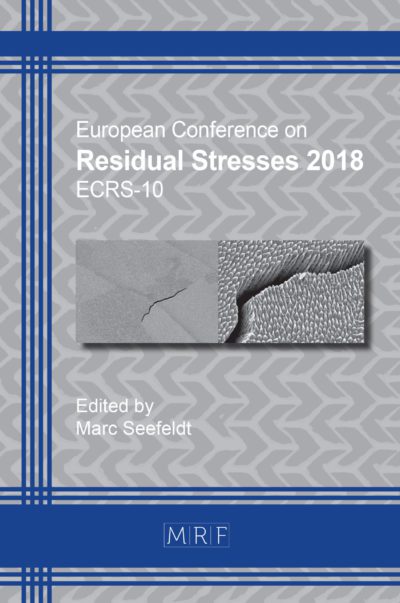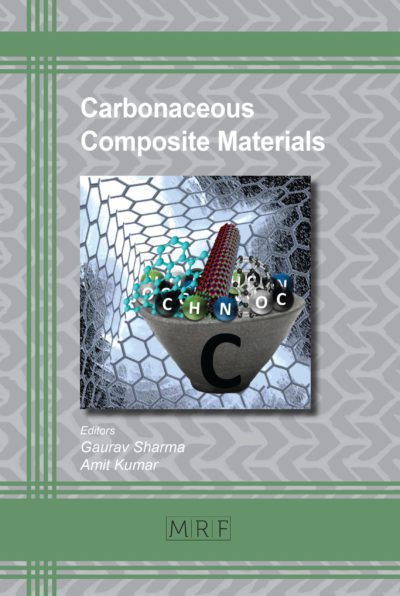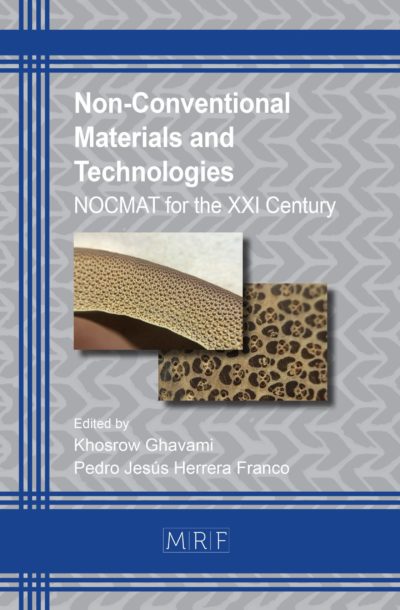Influence of different oxide thicknesses on the friction induced and continuous solid-state recycling of aluminum scrap
Steffen Gabsa, Timothy Daniel Goller, Ansgar Nordieker, Werner Homberg, Guido Grundmeier
Abstract. Saving emissions and a circular economy are key aspects of sustainable production and compliance global climate change targets. Friction-induced solid-state recycling of aluminum scrap to production endless semi-finished products. Scrap is fed into a continuously rotating wheel. This requires less energy compared to heat-based recycling processes. Different sizes, shapes and surfaces of chips can be used as starting material in the process. The influence of this has been shown in past publications. A native oxide layer is a fixed component of aluminum surface. This layer is broken up during the forming process, allowing the aluminum to bond. In addition to the geometry, the surface finishes and the thickness of the oxide layer are therefore also important input variables in friction-induced solid-state recycling. The oxide layers on the chips were determined for the investigation. In addition, different layer thicknesses were produced to survey their influence. The resulting semi-finished products were evaluated on the basis of their tensile strength and microstructure. The main result of the investigations is the fact that semi-finished products made from chips with thicker oxide layers tend to be more brittle. In addition, thick oxide layers cause microstructural and surface defects.
Keywords
Recycling, Aluminium, Oxide, Mechanical Properties
Published online 5/7/2025, 10 pages
Copyright © 2025 by the author(s)
Published under license by Materials Research Forum LLC., Millersville PA, USA
Citation: Steffen Gabsa, Timothy Daniel Goller, Ansgar Nordieker, Werner Homberg, Guido Grundmeier, Influence of different oxide thicknesses on the friction induced and continuous solid-state recycling of aluminum scrap, Materials Research Proceedings, Vol. 54, pp 2517-2526, 2025
DOI: https://doi.org/10.21741/9781644903599-272
The article was published as article 272 of the book Material Forming
![]() Content from this work may be used under the terms of the Creative Commons Attribution 3.0 license. Any further distribution of this work must maintain attribution to the author(s) and the title of the work, journal citation and DOI.
Content from this work may be used under the terms of the Creative Commons Attribution 3.0 license. Any further distribution of this work must maintain attribution to the author(s) and the title of the work, journal citation and DOI.
References
[1] D. Raabe, D. Ponge, P. J. Uggowitzer, M. Roscher, M. Paolantonio, C. Liu, H. Antrekowitsch, E. Kozeschnik, D. Seidmann, B. Gault et al., Making sustainable aluminum by recycling scrap: The science of “dirty” alloys, Progress in Materials Science 2022, 128, 100947. https://doi.org/10.1016/j.pmatsci.2022.100947
[2] S. Capuzzi, G. Timelli, Preparation and Melting of Scrap in Aluminum Recycling Metals 2018, 8, 249. https://doi.org/10.3390/met8040249
[3] S. Al-Alimi, N. K. Yusuf, A. M. Ghaleb, M. A. Lajis, S. Shamsudin, W. Zhou, Y. M. Altharan, H. Salah Abdulwahab, Y. Saif, D. H. Didane, Ikhwan S T T, A. Adam, Recycling aluminium for sustainable development: A review of different processing technologies in green manufacturing, Results in Engineering, Volume 23, 2024, 102566. https://doi.org/10.1016/j.rineng.2024.102566
[4] P. Vieth, T. Borgert, W. Homberg, G. Grundmeier, Assessment of Mechanical and Optical Properties of Al 6060 Alloy Particles by Removal of Contaminants, Adv Eng Mater 2023, 25, 2201081. https://doi.org/10.1002/adem.202201081
[5] T. Borgert, D. Milaege, S. Schweizer, W. Homberg, M. Schaper, T. Tröster, Potentials of a friction-induced recycling process to improve resource and energy efficiency in manufacturing technology, Int J Mater Form 2023, 16. https://doi.org/10.1007/s12289-023-01785-w
[6] J. W. Murray, X. Jin, C. J. Cleaver, J. M.C. Azevedo, Z. Liao, W. Zhou, J. M. Cullen, J. M. Allwood, A. T. Clare, A review of principles and options for the re-use of machining chips by solid, semi-solid or melt-based processing, Journal of Materials Processing Technology
Volume 331 2024, 118514. https://doi.org/10.1016/j.jmatprotec.2024.118514
[7] J. Gorobez, B. Maack, N. Nilius, Growth of Self-Passivating Oxide Layers on Aluminum-Pressure and Temperature Dependence, Physica Status Solidi (b) 2021, 258. https://doi.org/10.1002/pssb.202000559
[8] V. Güley, A. Güzel, A. Jäger, N. Ben Khalifa, A. E. Tekkaya, W. Z. Misiolek, Effect of die design on the welding quality during solid state recycling of AA6060 chips by hot extrusion, Materials Science and Engineering: A 2013, 574, 163. https://doi.org/10.1016/j.msea.2013.03.010
[9] N. Cai, G. Zhou, K. Müller, D. E. Starr, Tuning the Limiting Thickness of a Thin Oxide Layer on Al(111) with Oxygen Gas Pressure, Physical review letters 2011, 107, 35502. https://doi.org/10.1103/PhysRevLett.107.035502
[10] W. J. Bernard, J. J. Randall, J. An Investigation of the Reaction between Aluminum and Water, Electrochem. Soc. 1960, 107, 483. https://dx.doi.org/10.1149/1.2427728
[11] B. R. Baker, R. M. Pearson, Water content of pseudoboehmite: A new model for its structure, Journal of Catalysis 1974, 33, 265. https://doi.org/10.1016/0021-9517(74)90270-X
[12] T. Kudo, R. S. Alwitt, Cross-sections of hydrous and composite aluminum oxide films, Electrochimica Acta 1978, 23, 341. https://doi.org/10.1016/0013-4686(78)80072-3
[13] C. Liu, K. Shih, Y. Gao, F. Li, L. Wei, Dechlorinating transformation of propachlor through nucleophilic substitution by dithionite on the surface of alumina, J Soils Sediments 2012, 12, 724. https://doi.org/10.1007/s11368-012-0506-0
[14] M. Milanović, Z. Obrenović, I. Stijepović, L. M. Nikolić, Nanocrystalline boehmite obtained at room temperature, Ceramics International 2018, 44, 12917. https://doi.org/10.1016/j.ceramint.2018.04.103














